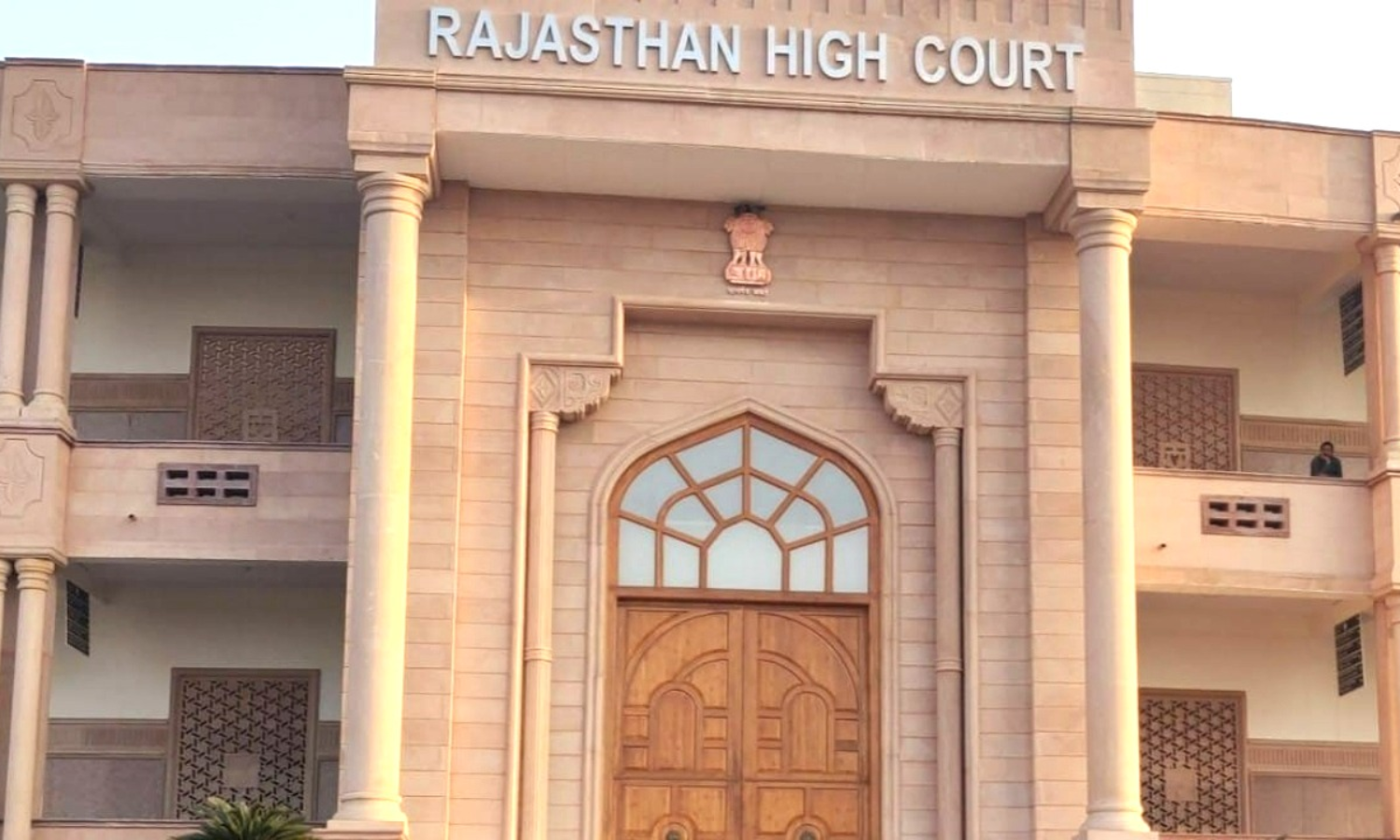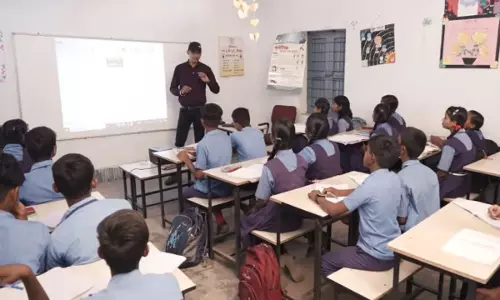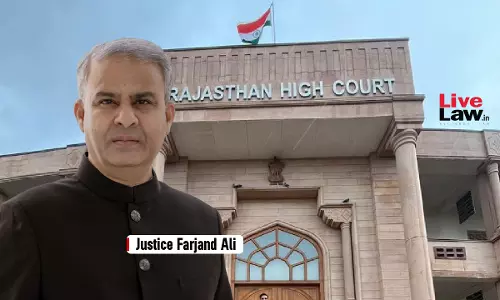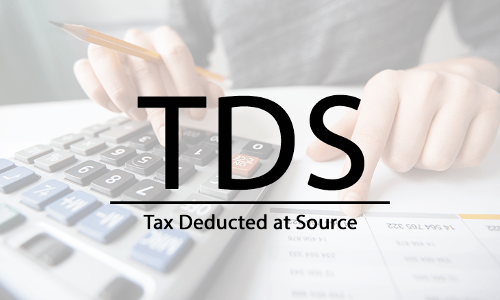S.73 Evidence Act | Tribunal Didn't Examine Admitted & Disputed Voters' Signatures Before Setting Aside Election: Rajasthan HC Upholds Gangani Sarpanch Election Results

Noting that Section 73 of the Evidence Act has been disregarded by the election tribunal to examine signatures in the voters register before setting aside the Sarpanch election for Gangani Panchayath, the Rajasthan High Court underscored that the election petitioner failed to prove that the same set of voters had cast votes at two separate places.The single-judge bench of Justice Vinit...
Noting that Section 73 of the Evidence Act has been disregarded by the election tribunal to examine signatures in the voters register before setting aside the Sarpanch election for Gangani Panchayath, the Rajasthan High Court underscored that the election petitioner failed to prove that the same set of voters had cast votes at two separate places.
The single-judge bench of Justice Vinit Kumar Mathur opined that mere comparison of signatures in the Original Voters Registers for Wards 10 & 12 by one's eyes without resorting to Section 73 of the Evidence Act vitiates the findings recorded by Election Tribunal.
“… The persons who made those signatures were neither confronted nor their admitted signatures were compared with the signatures which are in dispute and, therefore, arriving at such conclusion that these signatures have been made by those persons whose names have been deleted from Ward No.10 in the opinion of this Court, is not just, proper and correct”, the bench sitting at Jodhpur observed.
While allowing the writ petition preferred by the candidate whose election was countermanded by the Election Tribunal, the single-judge bench also added that the tribunal did not even bother to compare the admitted and disputed signatures, even without the assistance of a handwriting expert. Instead, the tribunal merely compared the signatures affixed on the voter register for wards 10 & 12 (Ex 7. & 8 respectively).
“…Therefore, the Presiding Officer of the Election Tribunal was not correct in taking upon himself the task of comparison of the two signatures in Ex.7 and Ex.8 without comparing the same with the admitted signatures of those persons and without taking the assistance of a handwriting expert in the matter”, the court clarified.
To assert how Section 73 must be applied while comparing the veracity of signatures, reliance was also placed by the court on a plethora of apex court decisions like A. Neelalohithadasan Nadar v. George Mascrene & Ors. (1994) and O. Bharathan v. K. Sudhakaran & Anr. (1996). In O.Bharathan, the apex court held that the judge should have summoned documents with admitted signatures for comparison by an expert and by himself before determining the question of valid and invalid votes cast in an election, especially when the voters have denied their signatures in the counterfoils.
Justice Mathur also emphasised that the mere summoning and marking of a document as an exhibit does not speak for the truthfulness of the contents in it.
“…In the present case, since the documents [Voters Register] which were brought on record were not proved as per the mandate of Hon'ble Supreme Court, therefore, mere production of the same was not sufficient and could not be taken to have been proved by itself”, the court added.
Though the counsel for the candidate in whose favour the election tribunal passed the impugned order contended that the names and photographs of the same persons at two places in the Voters List are self-explanatory, the court disagreed with the same. According to the court, such a finding is irrelevant to the current controversy unless it is backed by proof that these persons cast their votes at two places.
“…Since the signatures were only examined by learned Election Tribunal by naked eye without taking recourse provided under the law to establish the fact that those persons whose names have been deleted from Ward No.10 had only penned those signatures while casting their votes at Ward No.10 and Ward No.12. The said fact was required to be proved…”, the court said it was not proved by the respondent no.1 candidate.
An additional ground was also relied upon by the respondent no.1 candidate about the impossibility of casting a vote unless election identification cards were shown by the voters in the voting centres for wards 10 and 12. Since showing identification cards before casting a vote is a prerequisite, respondent no.1 candidate argued that it was indeed those voters whose names were deleted from the Voters List of Ward 10 who subsequently voted in Ward 12 as well. However, the court negated the argument by pointing out that no questions were put to the relevant witnesses in cross-examination about the signatures made in both wards even though all of them had categorically denied casting votes in both wards.
“…This point/issue with respect to the Identification Card carried by the voters was neither pleaded in the Election Petition nor raised before the Election Tribunal, therefore, the same was not discussed and deliberated by the Election Tribunal. Therefore, merely the presumption of the respondent No.1 raised before this Court has no force”, the court concluded.
For Petitioner: Mr C.S. Kotwani with Mr. Manoj Choudhary and Mr. Yash Rajpurohit
For Respondents: Mr. DLR Vyas, Mr. Om Prakash Prajapat & Dr. Praveen Khandelwal, AAG
Case Title: Bhanwar Lal Bhadu v. Ved Prakash & Ors.
Case No: S.B. Civil Writ Petition No. 19159/2023
Citation: 2024 LiveLaw (Raj) 44




